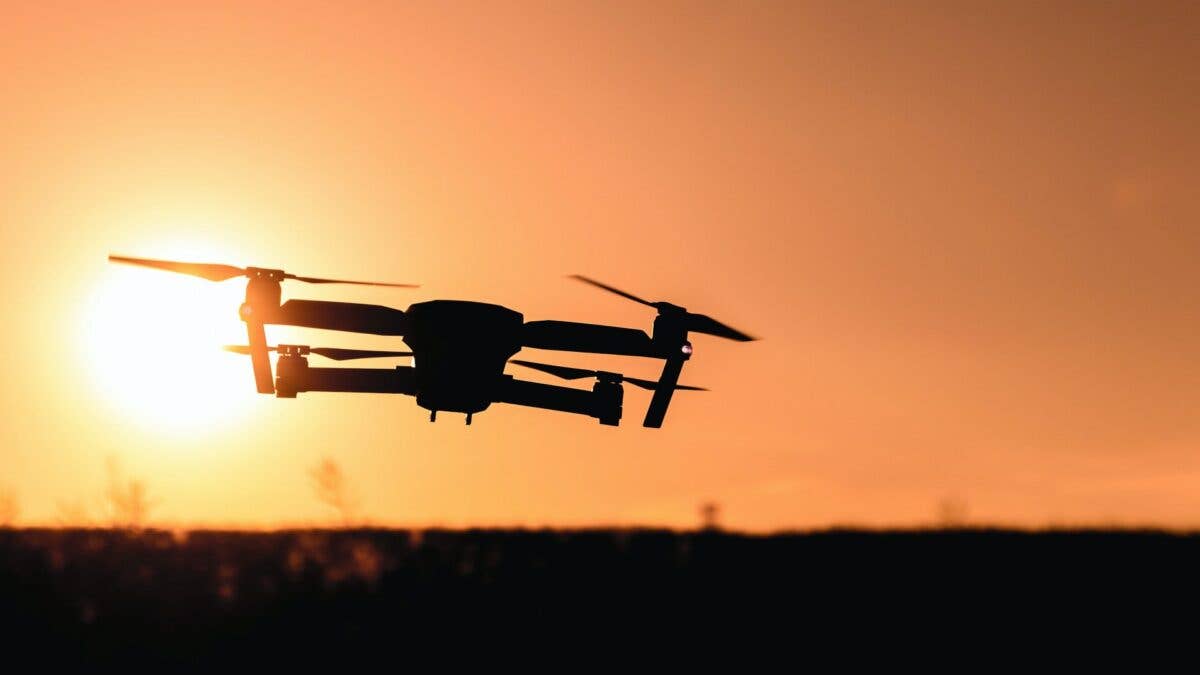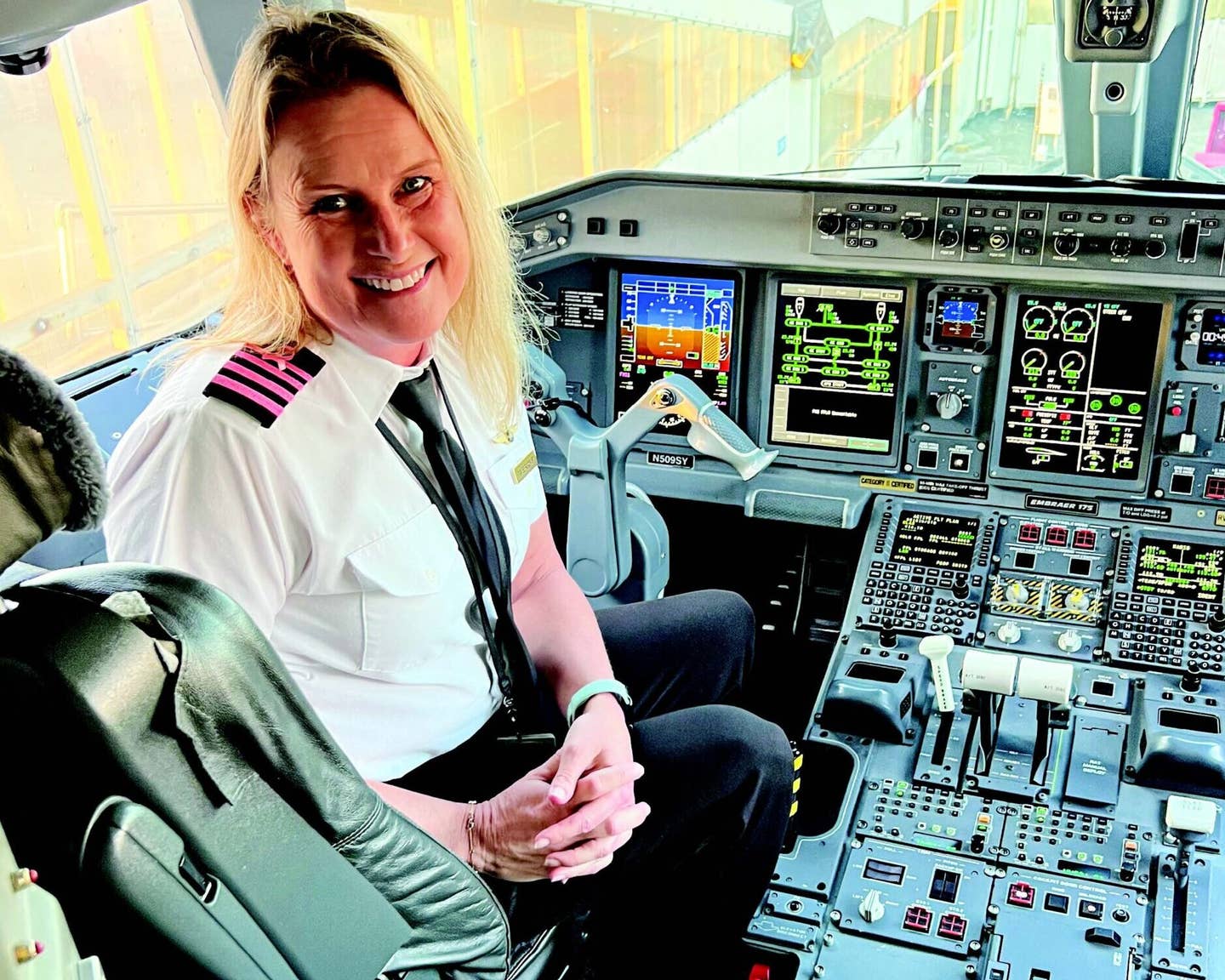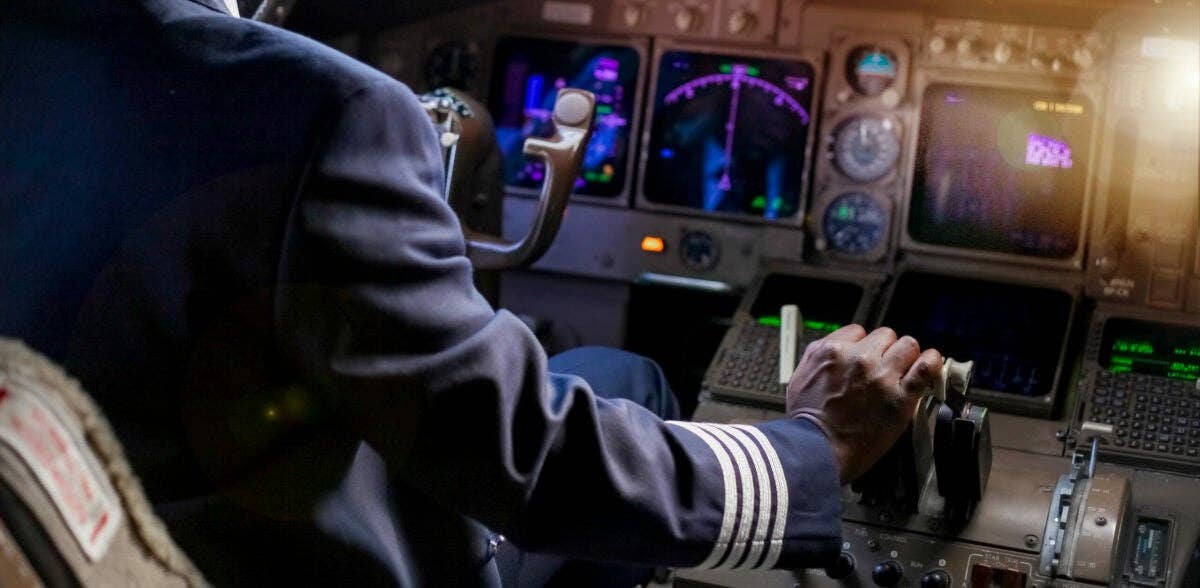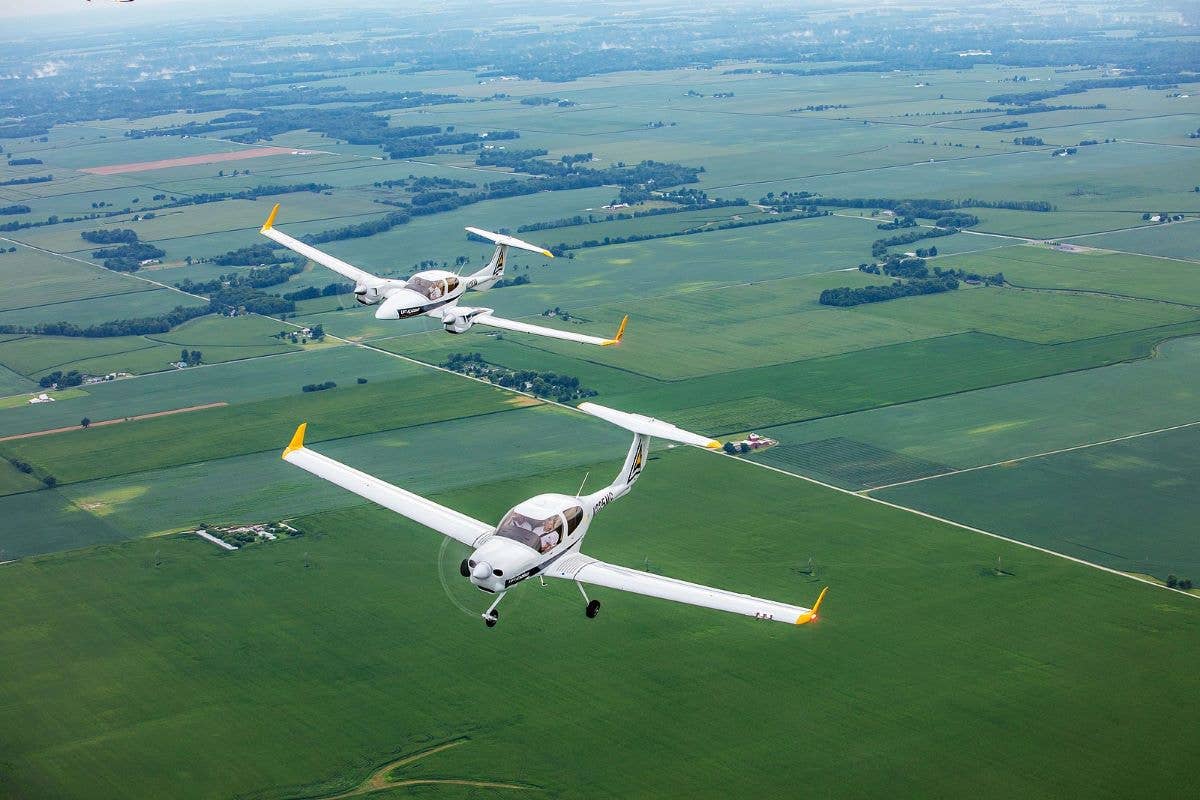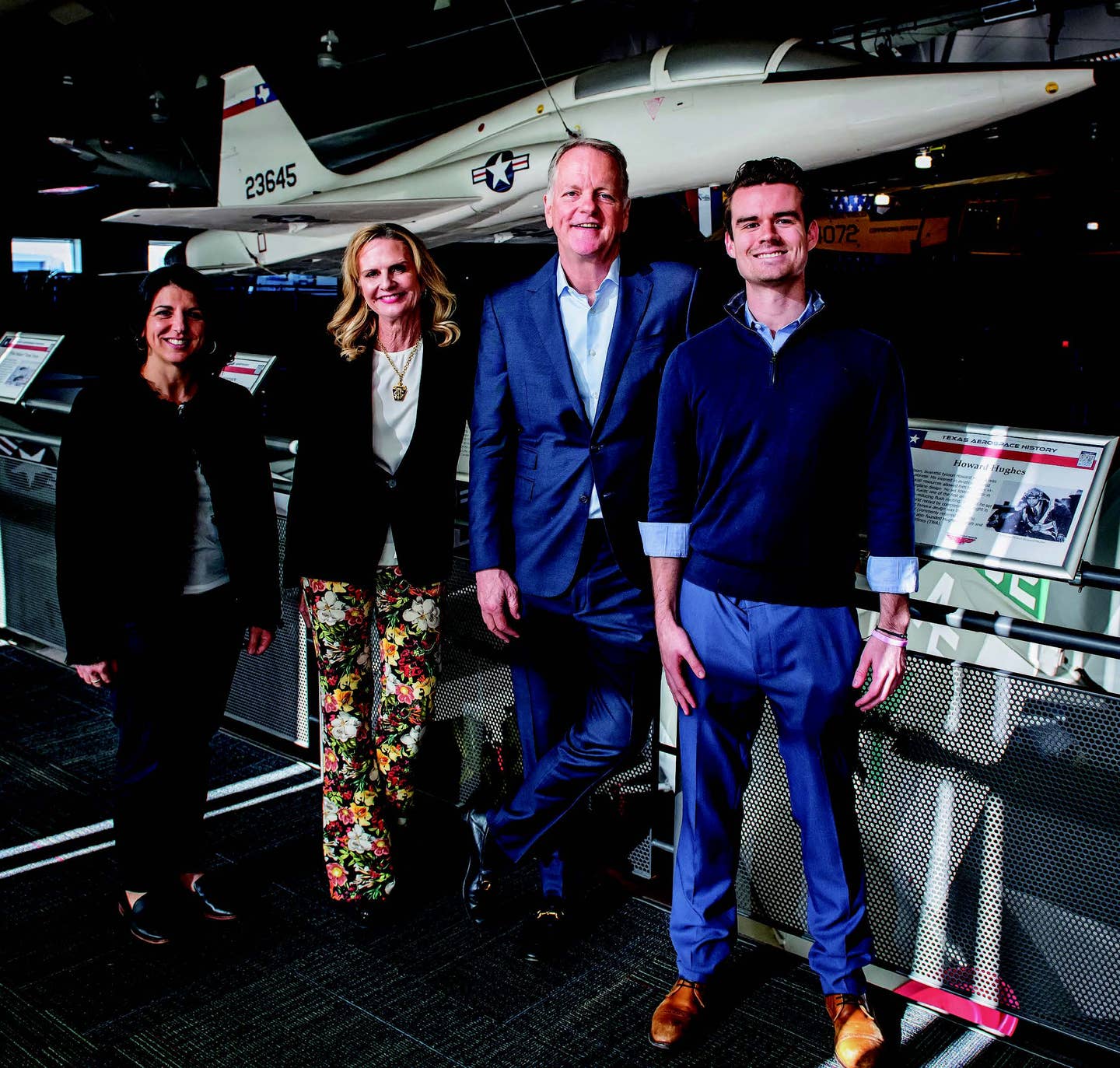Taking Wing: What Pilot Shortage?
As an airline pilot, I generally try to stay out of the newspapers. Finding oneself on the front page of The New York Times usually means you’ve bent some metal,…

** When my friends and I move on to the major
airlines, who will fly the regional jets?**
As an airline pilot, I generally try to stay out of the newspapers. Finding oneself on the front page of The New York Times usually means you've bent some metal, partied too hard on an overnight or finally lost patience with the TSA and sucker punched one of its goons while cellphone cameras rolled. And yet lately, I have found myself the subject of numerous articles in the various papers of record, and the news has actually been quite good. According to these stories, I am in possession of certain skills that are shortly to be in high demand, and I can expect to be rewarded accordingly. Excellent!
You would think that my fellow crew members would share my enthusiasm for this serendipitous turn of events, but their reactions tend to be surprisingly cool: shrugs, eye rolls, even scoffs. It seems I am flying with a rather jaded lot, who, after years of industry turbulence, is not quite ready to accept that good times are just around the corner. Perhaps they don't want to jinx it. Perhaps they are natural pessimists. Perhaps they've heard it all before. When I waved a Wall Street Journal article on the forthcoming pilot shortage at a doubting co-worker, he dismissed it thusly: "Yeah, I'll bet they quote Kit Darby."
Well, yes, as a matter of fact, that article — like most on the subject — does quote the inexhaustible Mr. Darby, who has been loudly proclaiming the imminent arrival of the pilot shortage since the 1980s. Many of my peers consider Darby something of a snake-oil salesman, given his unceasing optimism in the face of industry turmoil. But it’s not like Darby has been making up pilot shortages out of thin air. He’s been quoting many respectable sources and pointing to authoritative studies commissioned by major industry players. And every one of those studies would have been dead accurate if industry conditions had conformed to optimistic forecasts by the FAA, airlines, aircraft manufacturers and others with a vested interest in predicting never-ending, unbridled industry growth. I don’t know of a single forecast that accounted for the
dot-com bust, the 9/11 attacks, a prolonged spike in oil prices or the 2008 financial meltdown. Neither did anyone guess that senior pilots would mount a successful challenge to the Age 60 Rule, causing a five-year pause in retirements. And thus, the pilot shortage failed to materialize.
Of course, the failure of past predictions does not mean the present forecasts are also wrong, and the evidence for a big crunch in the U.S. pilot labor supply is compelling. Retirements at the major airlines will dramatically increase over the next 10 years, peaking in 2023. By 2027, Delta, United and American will have retired almost 24,000 pilots, or 64 percent of their current workforce. UPS and FedEx face only slightly lower retirement rates. Nonlegacy carriers, such as Southwest and JetBlue, have a more even mix of young and old pilots, and will see more steady attrition. Such a large number of retirements would not be concerning if sufficient numbers of new pilots were entering the industry to replace the retirees, but alas, the number of new entrants is trending in exactly the wrong direction. The FAA issued fewer commercial certificates in the last three years than any other period since the early ’80s. It turns out that 13 years of furloughs, bankruptcies, pay cuts, outsourcing and other highly publicized woes have made airline careers less popular with America’s youth than they once were. Who could have seen that coming, right?
Mind you, the shortage will affect some industry sectors more than others. The major airlines that are retiring the most pilots will have no problem recruiting their replacements. Besides the trickle of sought-after military pilots leaving the service, the major airlines will be able to replenish their ranks from the almost 22,000 pilots currently flying for the regional airlines. Who will replace these pilots is the real question. We saw the beginnings of a pilot shortage at the regionals from 2006 to 2008. At that time, many regional airlines dropped their hiring minimums to 250 hours and offered large signing bonuses, and they still couldn’t fill new-hire classes. The global recession and pause in retirements intervened before things got too desperate.
Now, the shortage is picking up right where it left off in 2008, and this time, the 1,500-hour rule means that the regionals don’t have the option of hiring inexperienced pilots. At Great Lakes Airlines, which pays its new first officers fewer than $15,000 per year, the results have been predictable: empty classes, a workforce halved by attrition and hundreds of flights canceled for lack of crew. Other regionals are being more proactive; American Eagle Airlines, for example, is offering a $5,000 signing bonus and has, so far, been able to meet its modest demand for pilots. It’s not like there aren’t any experienced pilots out there. According to FAA estimates, there are 134,374 active ATPs younger than 65 and another 111,562 commercial pilots, compared to about 80,000 pilots employed by U.S. airlines. For now, the shortage is primarily of qualified pilots willing to work for poor wages.
Common sense would dictate raising pay to attract more pilots. Yet the regionals, squeezed by their major airline partners like never before, are desperately trying to lower costs in order to survive. The former Pinnacle Airlines attempted to diversify by acquiring two smaller regionals but botched the merger, went bankrupt and was bought by Delta. It then used bankruptcy to squeeze concessions out of already low-paid employees. Meanwhile, pilots at PSA Airlines voluntarily voted for lower pay to secure 76-seat flying. ExpressJet pilots are voting on a similar measure as I write this. And now American Eagle, even as it offers $5,000 hiring bonuses, is telling its pilots to accept concessions or see their airline shut down. Perhaps the reason my co-workers are so cynical about the pilot shortage is that the airlines themselves are taking actions that will only exacerbate it.
The reality is the regional airline business model is dying. It was always based on much lower costs than the majors, but that gap no longer exists. A visionary airline CEO could easily solve the pilot shortage by bringing regional flying in house. The mainline unions would no doubt agree to competitive wages on regional airplanes in exchange for adding so many pilots to their ranks. Qualified pilots would still apply to the major airline, knowing that their time on lower-paying equipment would be limited. Prospective pilots would be much more inclined to make the substantial investment in pilot training if they knew they could go straight to the likes of American or United at 1,500 hours.
Alas, I expect management will turn a blind eye to my modest proposal and will instead fight the shortage piecemeal with limited success. The major airlines will keep squeezing the regionals, and the regionals will keep squeezing their employees even while offering signing bonuses to lure in new pilots. When this fails, major and regional airlines will work more closely to recruit pilots by offering them a defined career path. Ultimately, I could see a system where a pilot is hired by a major airline straight out of flight school contingent on them going to a partner regional at 1,500 hours and flying there for a preset amount of time. As a last resort, major airlines may have to subsidize increases in regional pilot pay or even sponsor ab-initio training, as is done elsewhere in the world.
So while I do believe there is indeed a pilot shortage in the offing, I must concede that it probably will not make any of us wildly rich in the near future. That said, timing is everything in this career, and many of my friends are very well positioned to take full advantage of the coming wave. Those who have languished at the regional airlines for a decade or more will find themselves advancing very quickly at the major airlines. Those who are qualified to get hired at a regional will have to contend with continued instability in that sector but will advance to the majors much more quickly than my generation did. And those beginning flight training in the next few years should have much smoother careers than most who have gone before. I hope my fellow regional pilots will resist saddling these future aviators with substandard contracts. Now, at the beginning of the biggest pilot shortage in history, professional pilots ought to recognize the value of our skills and not ask anyone to fly for a penny less.
We welcome your comments on flyingmag.com. In order to maintain a respectful environment, we ask that all comments be on-topic, respectful and spam-free. All comments made here are public and may be republished by Flying.

Subscribe to Our Newsletter
Get the latest FLYING stories delivered directly to your inbox

